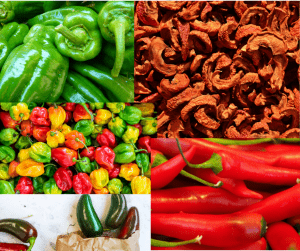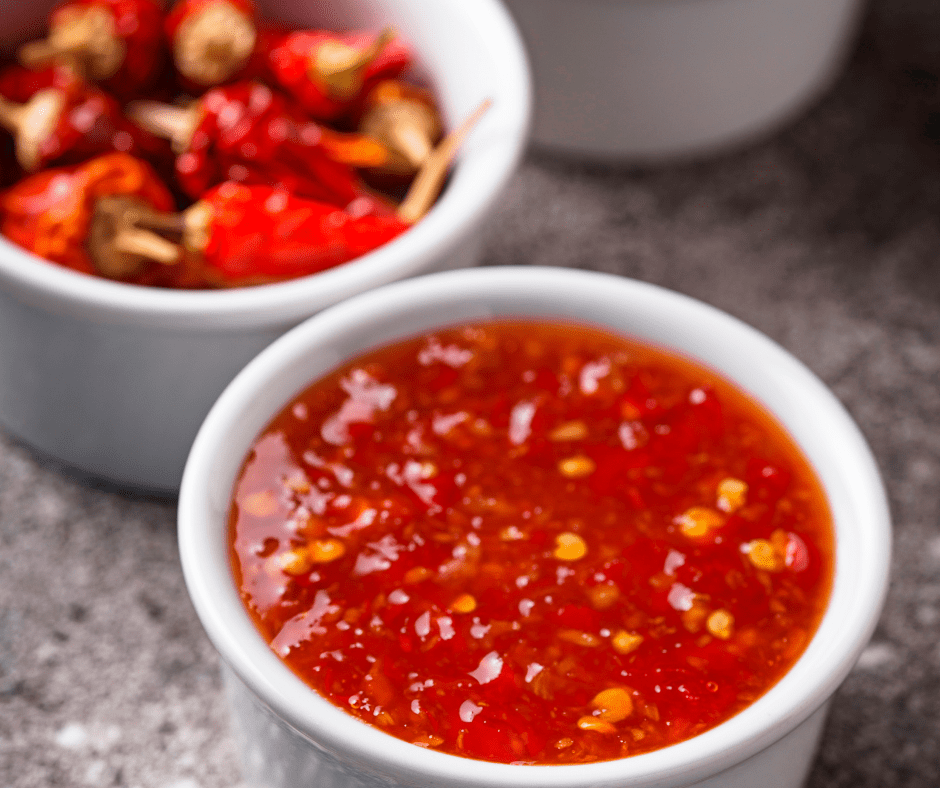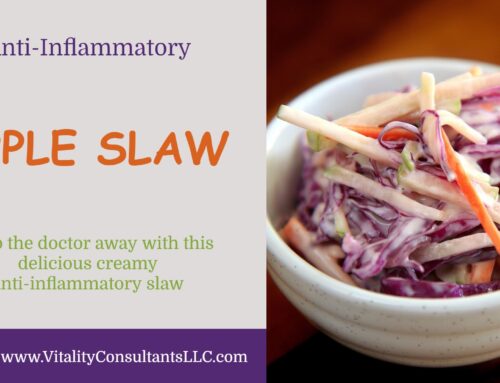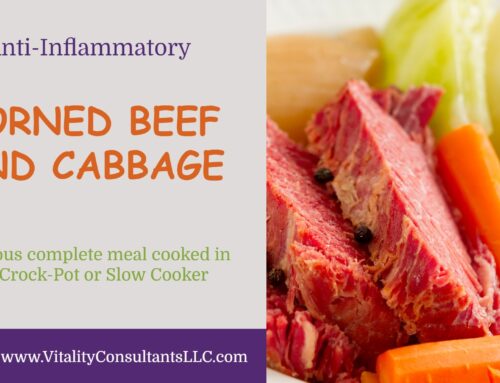Chile peppers are primarily used for culinary purposes, as a spice added to various dishes and sauces. Although it seems that larger peppers would have more spice, in reality, the smaller and thinner a chile pepper is, the spicier it will be. We looked at 5 of our favorite fresh chile peppers and realized that when dried they became some of our go-to dried ones.
 Fresh Jalapeno / Dried Chipotle
Fresh Jalapeno / Dried Chipotle
People use jalapenos in so many different ways. They are great diced and added to salsa, sliced and added to soups, or stuffed with cheese and baked – and of course, topped on nachos at the ballpark. The heat varies significantly, so you have to taste them before deciding which dish to add them to. In the Midwest, these peppers are easy to grow in your home garden. Jalapenos are a delicious addition to any meal or dip you want to have an added kick.
And how do we get a chipotle pepper? We smoke-dry jalapeno! They add a mild but earthy spiciness to everything from bbq sauce and hot sauce to meat marinade and sweet potatoes. The chipotle pepper is available whole or ground, even canned in adobo sauce.
Fresh Habanero / Dried Habanero
I like some heat, and the habanero is my favorite pepper to grow, cook with, store, and eat. This pepper grows so quickly and provides top spice to chili, salsa, dips, salad dressings and anything else you like to pack a punch. If you cook with the seeds of the pepper, you will get more spice; remove the seeds to knock it down a tad.
If you grow habaneros, you will get a large number of peppers from a single plant. I store mine to use all winter. Wash, cut the stems off and pop into a freezer bag. Remove the peppers one by one to add to your favorite winter soups, stews, chilis, salsas, etc. And if you prefer the extra steps, try your hand at drying the peppers. Drying can be done with a dehydrator, using the oven or hanging the peppers to dry.
Fresh Poblano / Dried Ancho
A stuffed poblano pepper is one of my favorite dishes. Fresh poblanos have a mild taste but when heated the dormant flavors awaken and bring out the heat of the poblano. These large-sized peppers are great for stuffing with cheese & baking or stuffing with pulled pork and serving with a side of sweet potatoes. At Feed Your Vitality, one of our customer favorites was our Poblano Pork Verde. It is a pulled pork stuffed poblano pepper with a delicious tomatillo salsa. Try broiling, peeling and chopping the peppers then add to taco filling or cornbread batter.
When dried, the poblano pepper is called ancho or chile ancho. The drying process turns the ripe poblano into a chewy, raisin-sweet ancho. To make a fabulous chili or salsa, toast the anchos briefly in a dry skillet, soak them until soft in water and then puree. Add to your dishes to give them the spice you like.
Fresh Cayenne / Dried Cayenne
Cayenne peppers pack intense heat. Again, the smaller and thinner the pepper, the spicier it is. That is true for the cayenne pepper – it hits right away and burns long. These peppers have many health benefits. Watch the spice factor before adding to dishes — use with restraint if you have tender-tongue eaters.
To get this intense flavor in a sauce, as a dry rub or as a ground spice, use the dried version of the cayenne pepper. My family loves to add the spice to a stir-fry to give some heat to the protein and veggies.
Fresh Anaheim / Dried Chile California
So let’s move on to the mild side. If you like sweet and juicy peppers without the punch, the Anaheims are for you. These green chiles are a tasty treat added to your home fries, rice, mixed into omelets or scrambled eggs.
Want a sweet-tart flavor to add to an enchilada sauce or pork stew? Dehydrate the Anaheim peppers once they turn red. Once ground, these peppers are generally made into a red chile sauce. The red chile powder is simple and usually blended with water, herbs, and spices.
Chili sauce is a condiment that adds spice and flavor to anything from Asian recipes to American favorites. It can be used as a dip for finger foods of all kinds or a side sauce to add more spice to food. It provides more of a kick than adding just salt and pepper.
Try our Homemade Chili Sauce, an anti-inflammatory version, and add a little kick to your next meal!

Homemade Chili Sauce
Ingredients
- 18 oz tomato sauce
- 2 Tbsp tomato paste
- 2 Tbsp white or apple cider vinegar
- 2 Tbsp coconut palm sugar
- ½ tsp chili or ancho chili powder
- ⅛ tsp cinnamon
- 1 tsp red pepper flakes or to taste
- 1 tsp Tabasco pepper sauce or to taste
- Pinch each ground cloves and allspice
Instructions
- Mix all ingredient in a medium bowl, until fully combined.
- Transfer to a jar or air tight container and store in the refrigerator for up to 1 month.
Notes
- Flavors will develop as the chili sauce sits so make a few hours or a day in advance if possible.
- If you would prefer your chili sauce a little less sweet, start by adding 1 Tbsp of coconut palm sugar and taste after the remaining ingredients have been mixed in. Add the additional sugar as desired.
#bringonthespice #Ineedsomeheat #salsa #growyourown #antiinflammatory
Want free anti-inflammatory recipes, downloadable resources and efficiency tips and tricks from a professional chef? Of course you do! Click here for the secret sauce!







